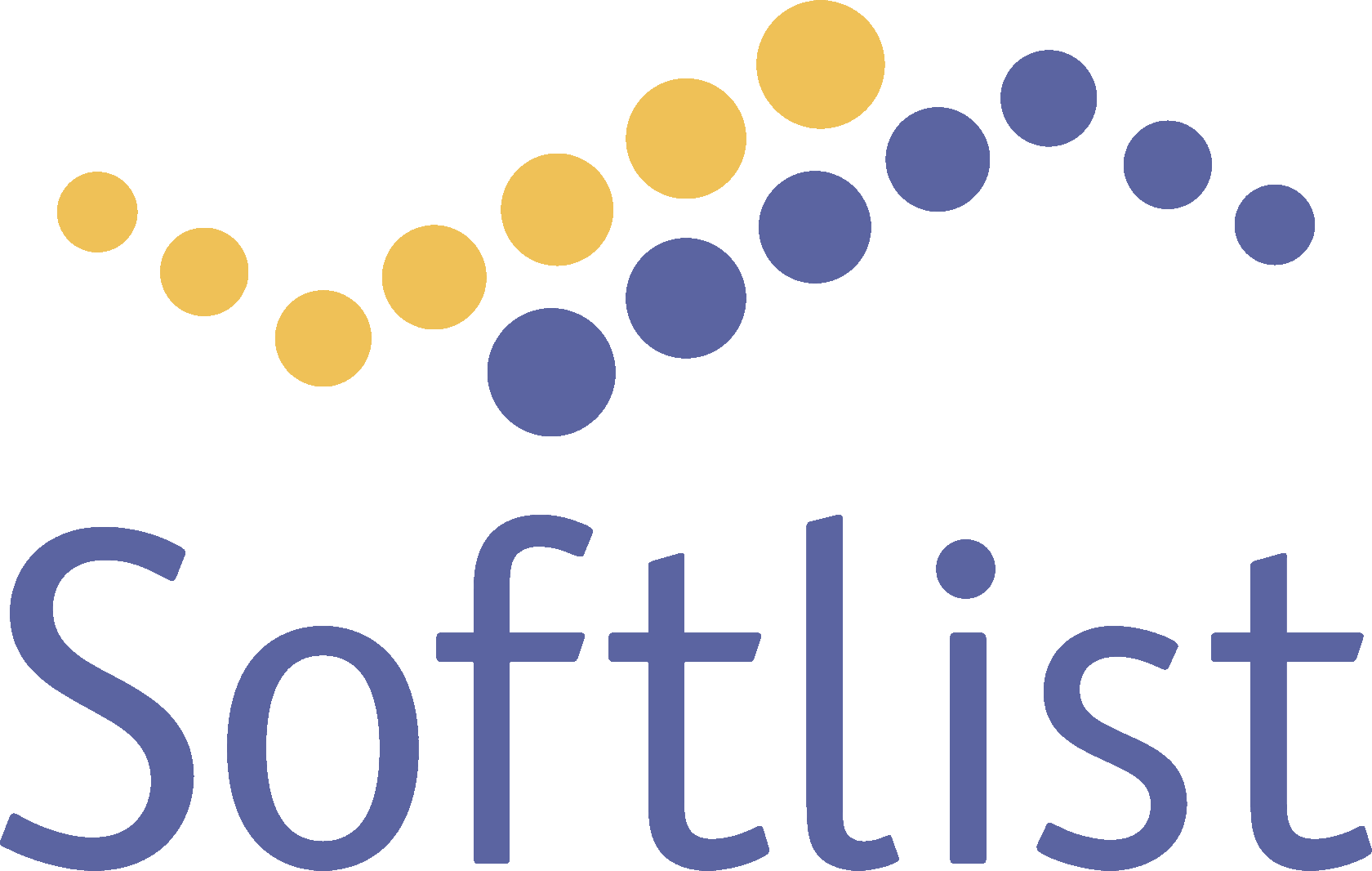As businesses grow and evolve, so does the need for efficient and effective service request management. Service requests can come in various forms, from simple requests for information to complex service disruptions. While there are some variations in the way a service request can be captured and fulfilled, it’s important to focus on driving standardization to improve overall service quality and efficiency. In this article, we will discuss the benefits of standardizing service request fulfillment processes and provide a simple request fulfillment process based on ITIL recommendations that can be used as a starting point for adapting existing ITIL processes or defining new ones.
Why Standardize Service Request Fulfillment Processes?
Standardizing service request fulfillment processes offers several benefits for businesses, including:
- Improved Service Quality: Standardizing service request fulfillment processes ensures that all service requests are handled consistently and efficiently, resulting in improved service quality and customer satisfaction.
- Increased Efficiency: By standardizing processes, businesses can eliminate redundant steps and streamline their service request fulfillment processes, resulting in increased efficiency and reduced costs.
- Clearer Communication: Standardization provides a common language and understanding across the organization, enabling clearer communication between different departments and teams.
- Better Metrics: Standardization makes it easier to track and measure service request fulfillment processes, enabling businesses to identify areas for improvement and make data-driven decisions.
- Regulatory Compliance: Standardization ensures that service request fulfillment processes comply with industry regulations and standards, reducing the risk of legal and financial penalties.
ITIL Service Request Fulfillment Process
The Information Technology Infrastructure Library (ITIL) is a widely recognized framework for IT service management. ITIL provides guidelines and best practices for various IT service management processes, including service request fulfillment. The following process represents a simple request fulfillment process based on ITIL recommendations:
- Service Request Capture: The first step in the service request fulfillment process is capturing the service request. This can be done through various channels, such as email, phone, web portal, or in-person.
- Categorization and Prioritization: Once the service request is captured, it should be categorized and prioritized based on the service level agreements (SLAs) and business impact. This helps to ensure that the most critical requests are addressed first.
- Investigation and Diagnosis: After the service request is prioritized, the investigation and diagnosis phase begins. This involves gathering all necessary information about the service request and performing any necessary troubleshooting or root cause analysis.
- Resolution and Fulfillment: Once the investigation and diagnosis are complete, the next step is to resolve the service request and fulfill any related tasks or activities. This may involve updating knowledge articles, escalating to higher-level support teams, or coordinating with third-party vendors.
- Closure and Feedback: The final step in the service request fulfillment process is closure and feedback. This involves confirming that the service request has been successfully fulfilled and collecting feedback from the customer to ensure satisfaction and identify areas for improvement.
Conclusion
Standardizing service request fulfillment processes is essential for businesses to improve service quality, increase efficiency, and ensure regulatory compliance. The ITIL service request fulfillment process provides a simple and effective framework for businesses to adapt and customize to their specific needs. By following this process, businesses can ensure consistent and efficient service request fulfillment, resulting in improved customer satisfaction and a competitive advantage in the market.


